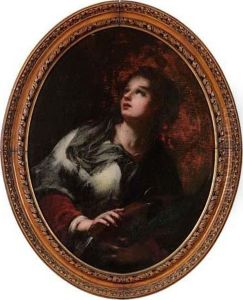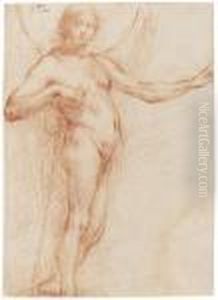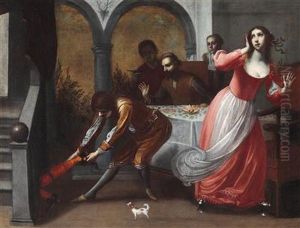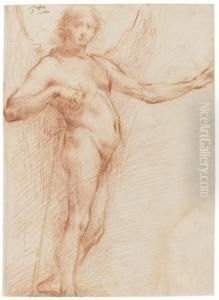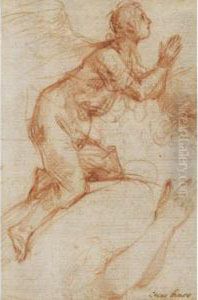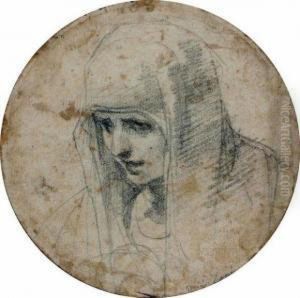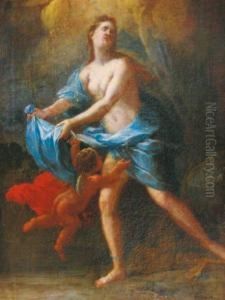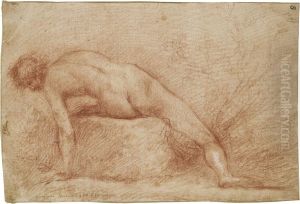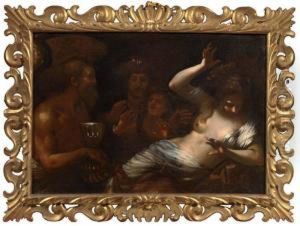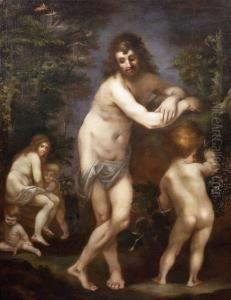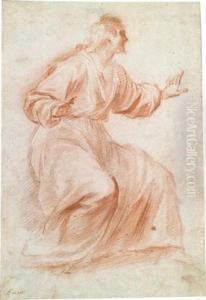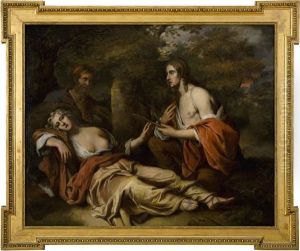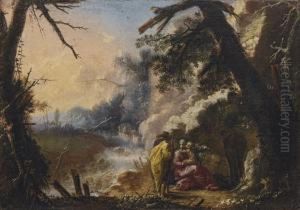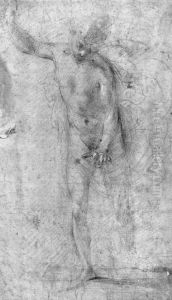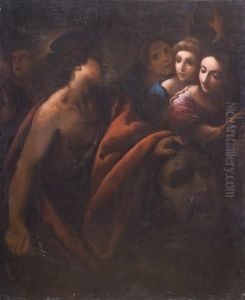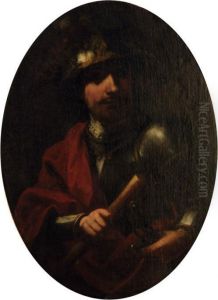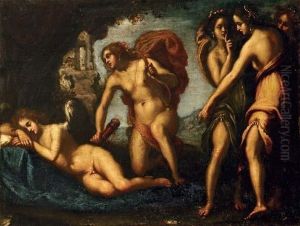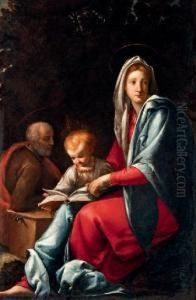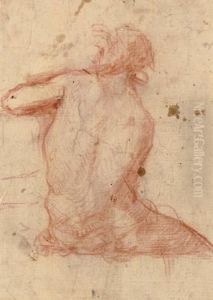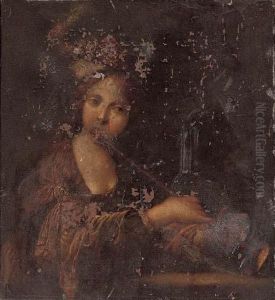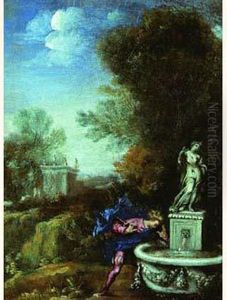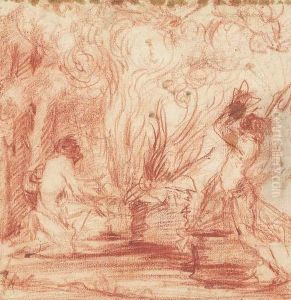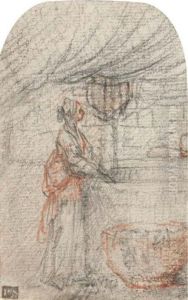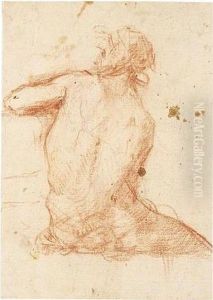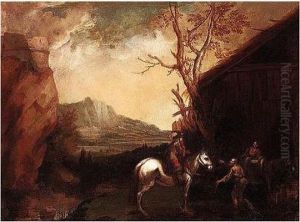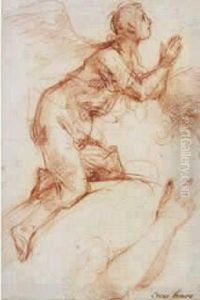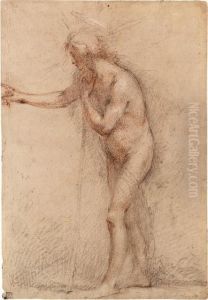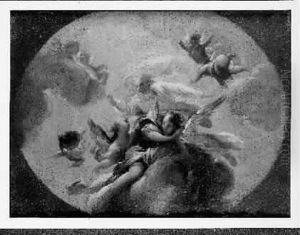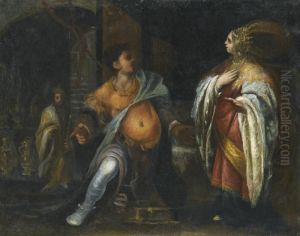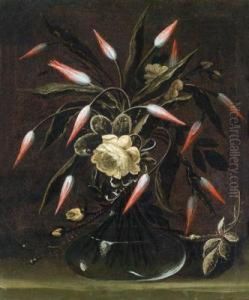Francesco Montelaticci, Cecco Bravo Paintings
Francesco Montelaticci, known as Cecco Bravo, was an Italian painter of the Baroque period, recognized for his eccentric and expressive style. Born in Florence in 1601, he was initially trained by Giovanni Biliverti, a prominent Florentine artist of the time. Cecco Bravo's works were characterized by their vibrant colors and dynamic compositions, which set them apart from the more traditional Florentine paintings of his contemporaries.
Cecco Bravo's career saw him working on various religious and mythological themes, often bringing an innovative approach to these traditional subjects. His paintings often featured dramatic lighting and a keen attention to detail, with a particular emphasis on the emotional expression of the figures depicted.
Despite his considerable talent, Cecco Bravo never achieved the fame of some of his contemporaries, such as Pietro da Cortona or Giovanni Lanfranco. However, he was well-regarded in his time, and his works were sought after by patrons who appreciated his unique style.
In 1652, Cecco Bravo's adventurous spirit led him to leave Florence and enter the service of Archduke Ferdinand Charles of Austria in Innsbruck, where he worked until his death in 1661. His later works, produced during his time in Austria, demonstrated an evolution in his style, showing an even greater emphasis on the fantastical elements and an exploration of northern European influences.
Cecco Bravo's legacy is one of an artist who was willing to push the boundaries of the Baroque style, and his works continue to be studied for their contribution to the development of 17th-century Italian painting. While not as widely known as some of his peers, his paintings are held in various collections and continue to be appreciated for their unique qualities and artistic merit.
